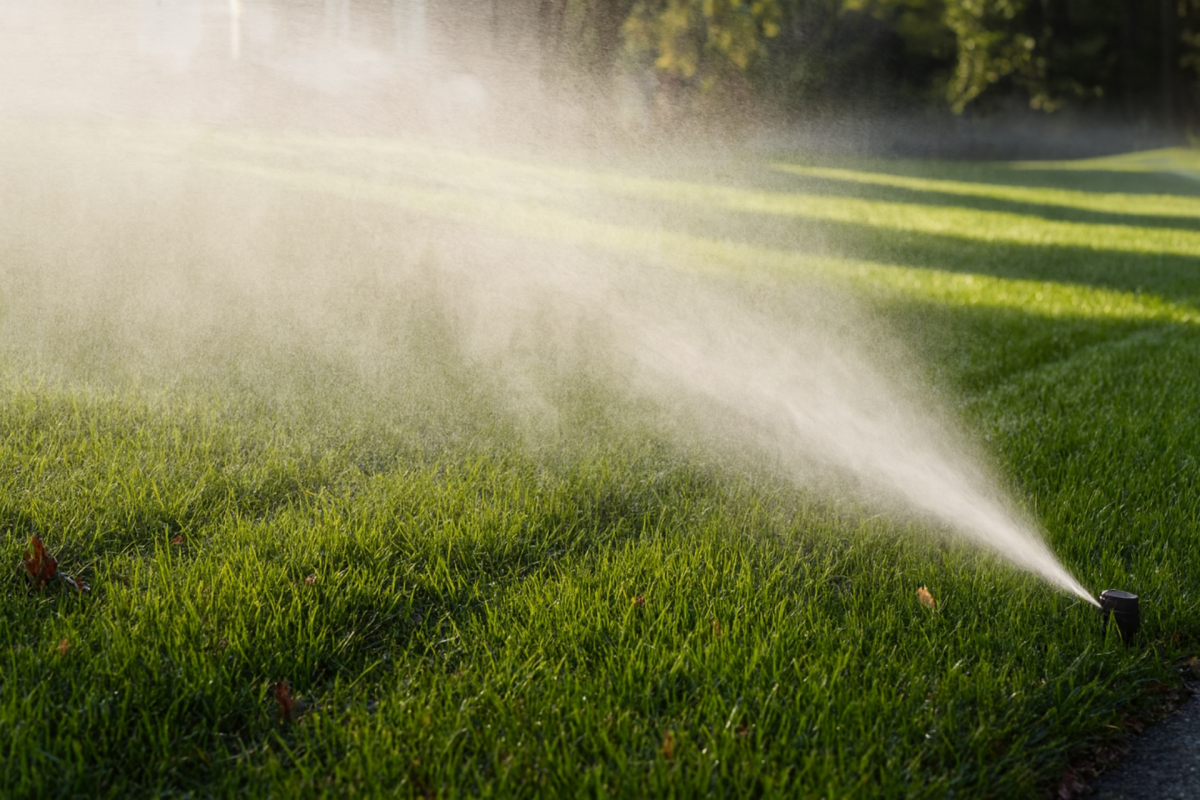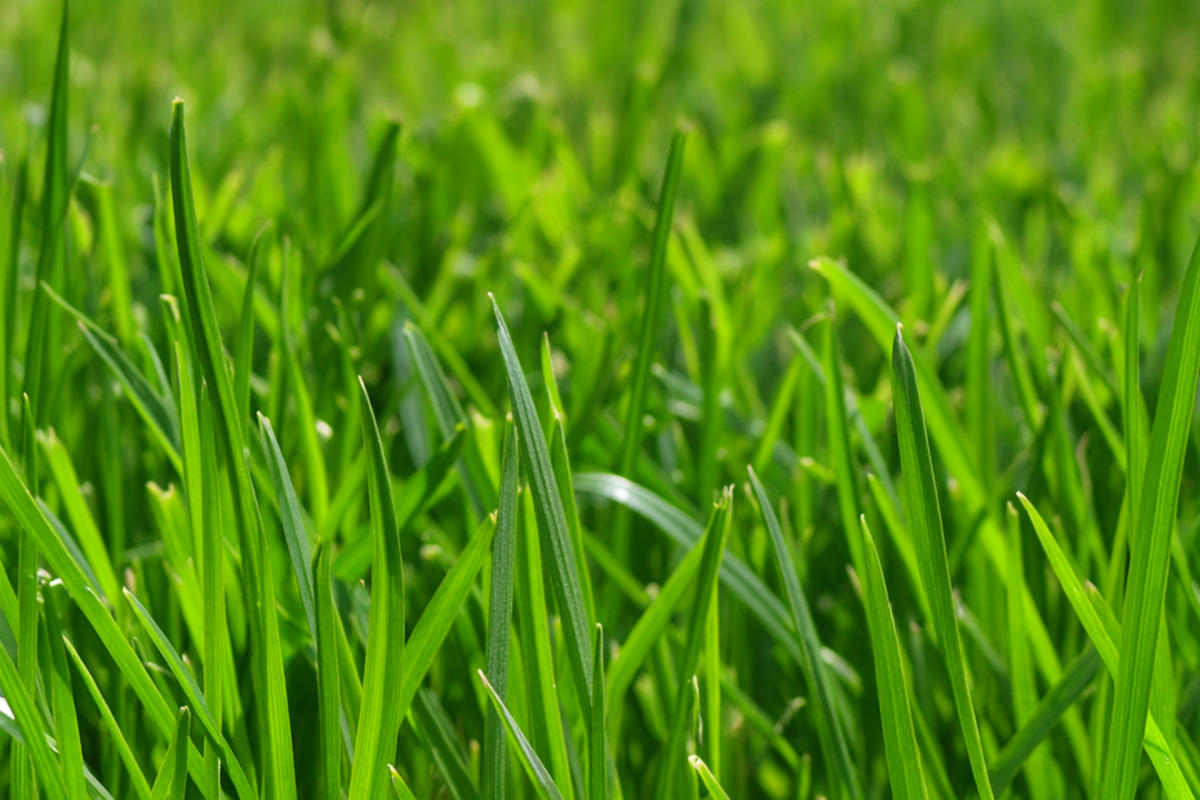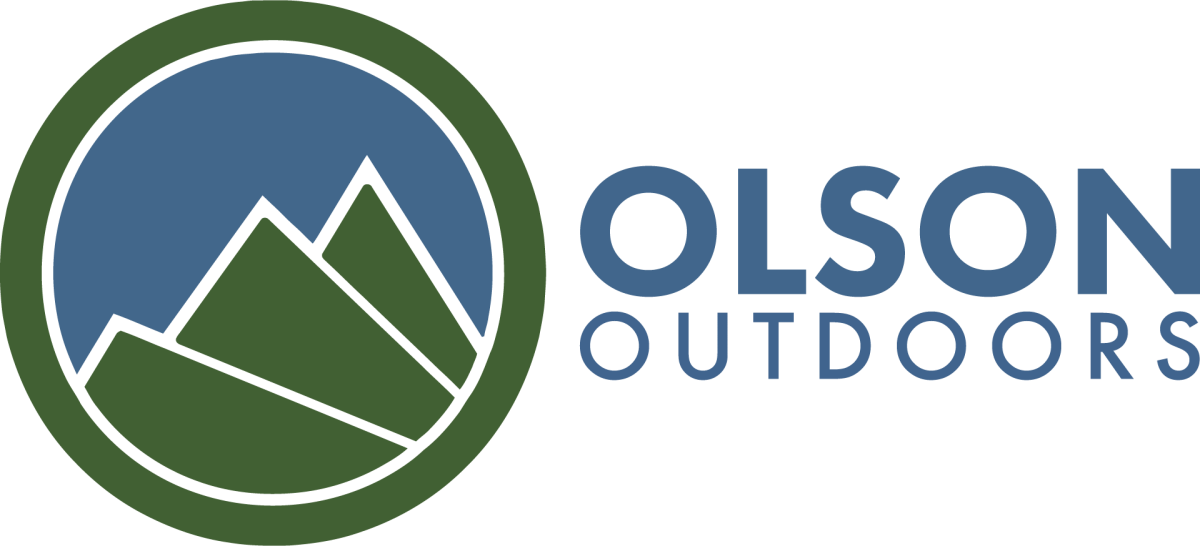Homeowners throughout Broomfield, Arvada, Westminster, and surrounding Front Range communities are entering the most critical weeks for protecting outdoor investments before Colorado's notoriously unpredictable winter freezes arrive. The unique timing challenges created by high elevation, dramatic temperature swings, and compressed seasonal transitions require decisive action during a window that closes rapidly as soil temperatures drop and freeze risks intensify.
Understanding how to prepare your yard for winter in Colorado involves coordinating multiple maintenance tasks within specific temperature and soil condition parameters that exist only briefly during fall transition periods. The consequences of delayed action extend beyond aesthetic concerns, potentially resulting in irrigation system damage, weakened turf susceptibility to disease, and hardscape deterioration from freeze-thaw cycles.
Common Misconceptions Create Vulnerability for Colorado Properties
Many homeowners throughout these areas operate under assumptions drawn from national gardening calendars or advice applicable to lower elevations and more moderate climates. These misconceptions create vulnerability when Colorado's Front Range climate operates on its own schedule, compressed by elevation and intensified by UV exposure levels that accelerate both growing conditions and dormancy transitions.
The belief that irrigation systems can wait until visible freezing occurs represents one of the most costly misunderstandings. Water trapped in underground lines, valves, and backflow preventers expands with tremendous force during freezing, creating ruptures and cracks invisible until spring startup reveals extensive damage requiring excavation and component replacement.
Similarly, homeowners frequently underestimate the biological timing requirements for fall lawn care applications. Once soil temperatures drop below certain thresholds, grass root systems lose their ability to absorb nutrients effectively, rendering fertilization applications largely ineffective. The window when soil remains warm enough for nutrient uptake but air temperatures have cooled sufficiently to redirect grass energy toward root development rather than blade growth exists only briefly.
Leaf accumulation misconceptions also persist, with some homeowners viewing fall cleanup as primarily aesthetic maintenance rather than essential disease prevention. Thick leaf layers create anaerobic conditions at the soil surface, trapping moisture and blocking sunlight in ways that encourage fungal disease development. Once snow covers matted organic debris, conditions ideal for snow mold establishment persist throughout winter, revealing their damage only after spring thaw.
The assumption that hardscapes require no fall attention similarly creates vulnerability. Colorado's frequent freeze-thaw cycling, sometimes experiencing both states within a single 24-hour period, puts tremendous stress on any surface with trapped moisture. Small cracks or deteriorating mortar joints that seem insignificant in fall can become major structural failures by spring as repeated freezing and expansion progressively worsen the damage.
Comprehensive Approach Addresses Multiple Vulnerable Systems
Effective yard winterization for Front Range properties requires attention across irrigation infrastructure, turf health, leaf management, and hardscape protection. Each system faces distinct vulnerabilities and operates on specific timing requirements that must be coordinated within the narrow fall window.
Irrigation winterization through professional blowout services removes water from underground lines using high-volume compressed air equipment. The process requires commercial-grade compressors producing 80 to 100 cubic feet per minute at appropriate pressure levels, capabilities beyond typical homeowner equipment. Technicians systematically open each zone while monitoring pressure to ensure complete water evacuation without damaging sprinkler heads or piping, while also draining backflow devices and properly shutting down controllers.
Fall lawn care combines fertilization, core aeration, and overseeding to strengthen root systems before dormancy. Nitrogen-rich fertilization formulations help cool-season grasses common throughout Colorado build carbohydrate reserves that fuel spring green-up while improving winter hardiness. Core aeration removes thousands of soil plugs, creating channels for oxygen, water, and nutrient penetration through dense Colorado clay that compacts readily from foot traffic and equipment weight. Overseeding after aeration introduces newer grass varieties with improved drought tolerance while filling thin spots and increasing overall turf density.
Staged leaf cleanup prevents the suffocation effect and disease conditions that develop under heavy accumulation. Rather than single massive removal efforts, strategic staging addresses fast-dropping species early while handling most deciduous varieties during mid to late fall periods. Final sweeps catch remaining stragglers and prepare lawns for winter dormancy without the matted organic layers that encourage fungal problems.
Hardscape inspection and minor repairs address vulnerabilities before freeze-thaw cycling intensifies damage. Checking for settled pavers, cracked concrete, or deteriorating mortar joints identifies water entry points that require attention. Clearing standing water sources and adjusting drainage prevents the moisture infiltration that expands destructively during freezing. Deck maintenance removing debris from between boards and addressing loose connections prevents accelerated rot and structural water damage.
Local Expertise Addresses Regional Climate Variations
Properties throughout the Front Range experience microclimate variations based on elevation differences, exposure, and proximity to foothills. Areas like Erie and Longmont at slightly higher elevations experience frost earlier than properties closer to Broomfield or Westminster. Even within individual properties, north-facing slopes, shaded areas beneath roof overhangs, and low-lying collection zones create localized microclimates that freeze earlier and hold moisture longer.
Olson Outdoors has served Front Range communities for over a decade, developing detailed understanding of how elevation, exposure, and soil composition variations affect optimal timing for winterization services. This regional expertise allows precise scheduling recommendations that account for property-specific conditions rather than applying generic timing guidelines.
The company's comprehensive service approach addresses the full scope of fall preparation requirements through coordinated scheduling that maximizes effectiveness across all vulnerable systems. Rather than homeowners coordinating multiple contractors or attempting partial DIY approaches with inadequate equipment, integrated service delivery ensures proper sequencing and complete protection.
Irrigation Winterization Represents Non-Negotiable Priority
Among all fall preparation tasks, professional irrigation winterization represents the single most critical action for Colorado homeowners. The potential for catastrophic damage from frozen pipes, ruptured valves, and destroyed backflow preventers makes this service non-negotiable for properties with underground irrigation infrastructure.
The narrow timing window before consistent nighttime temperatures reach the mid-20s requires proactive scheduling rather than reactive response. Once hard freezes occur, damage has likely already begun, making post-freeze winterization an effort to prevent additional harm rather than true protection.
Professional service includes systematic zone-by-zone processing, proper backflow device drainage, controller shutdown, and often identification of pre-existing issues like worn valve diaphragms or cracked lateral lines before they become complete failures. The investment in proper winterization eliminates spring startup surprises that can otherwise transform the joy of renewed growing seasons into budget-crushing repair projects.
Commitment to Education and Transparent Communication
Beyond service delivery, the company maintains commitment to homeowner education and transparent communication about timing requirements, process details, and realistic outcome expectations. This educational approach empowers property owners to understand why specific services matter, how regional climate creates unique requirements, and what realistic timelines exist for completing necessary work before weather conditions eliminate the protective window.
The focus on long-term property health over short-term fixes aligns with the values of conscientious homeowners who view their outdoor spaces as extensions of their homes deserving thoughtful care and professional attention. Clear communication about what services accomplish, what limitations exist, and how different approaches compare helps homeowners make informed decisions appropriate to their specific properties and priorities.
Taking Action Before the Window Closes
The critical period for Colorado yard winterization narrows daily as temperatures drop and freeze risks intensify. Homeowners who prioritize fall preparation protect their investments, avoid expensive spring repairs, and position their properties for healthy, vibrant outdoor spaces when growing seasons return.
For Broomfield area residents seeking comprehensive fall yard preparation, Olson Outdoors provides coordinated irrigation winterization, lawn care services, and hardscape protection backed by over a decade of Front Range experience. Contact them at 720-438-4272 to discuss property-specific timing and service needs before Colorado's winter arrives.





